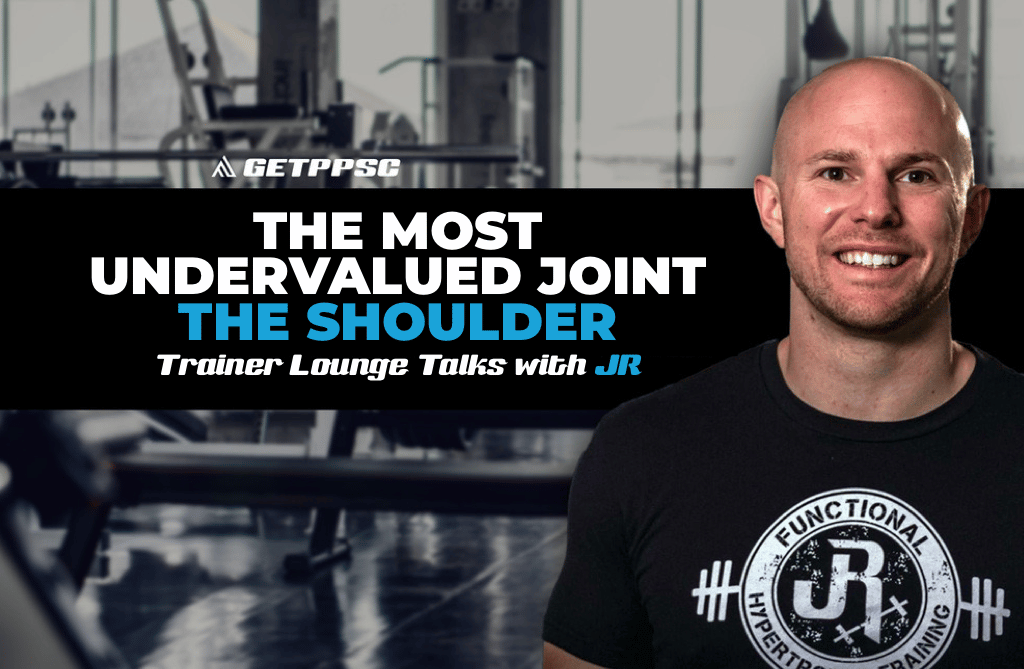SHOULDER PAIN IS THE #1 PAIN POINT IN THE ACTIVE POPULATION. BUT HOW COMMON IS IT REALLY?
Sometimes to attempt to put some perspective on the unquantifiable such as the percentage of active population currently dealing with shoulder pain, you gotta skip PubMed and go to where the true knowledge lies, Instagram!

While I’m kidding about that IG and knowledge thing, the truth is that quantifying incidence of pain and injury in niche populations is next to impossible, which makes it an interesting conversation.
Where the data is sparse, we must climb down the level of evidence pyramid to the two lowest of levels, which is self report study and anecdotal study from experts in the field.
So with this in mind, I posed a question on an Instagram story yesterday which asked,
“Do you have shoulder pain?”

And the response from over 11,000 active followers and responder’s?
Over 58% answered YES.
That is a monstrous number, so lets put that into some better perspective, shall we?!
My Instagram page consists of 251k people, largely stemming from fitness and health professionals, people super into training, and of course 0.00001% internet trolls that make fun of my calves and call me weak and frail.
But a majority of that quarter million people fit the avatar of “active population” which is defined by having a regular structured physical practice that you participate in 3-4x+ per week.
So this is our little data pool to poll from.
These people are largely the members that you have in your gym, the clients at local big box commercial fitness centers, your coaching colleagues, and of course, others who you see out there doing physical activities such as running, biking, etc.
So with this in mind, almost 6 our of every 10 people in these places (gyms, classes, running, etc) are battling shoulder pain.
For those of you who aren’t quick on the math, that’s over HALF, otherwise known as a majority of people. And if this were a presidential election, this would be considered a LANDSLIDE victory (or loss depending on how you look at it) at 58% to 42% in the popular vote.
While this is far from peer reviewed literature, it does give us a pulse on what’s happening in today’s industry. And potential common pain points amongst your clients AND potential clients out there who you are equipped to work with as Certified Pain-Free Performance Specialists.

For no BS shoulder attention, check out my latest article on the Rusin Banded Triset
So what’s the cause of a majority of people dealing with chronic shoulder pain in the active population? The major players in these pain numbers trending up can be associated with (but not limited to):
1) More time spent in sedentary positions (seated etc)
2) Use of handheld technology (cell phones, computers etc)
3) Lack of daily maintenance (chronic issues more pronounced)
4) General poor training habits (incorrect ratios)
Now almost all of these key players in chronic shoulder pain (remember, we’re not talking about torn rotator cuffs and biceps tears here, SUB-clinical level of pain is the operative word) can be better managed through preparation, programming AND generally better executed movement.
And as health and fitness professionals, we are on the front lines to help combat these pitiful shoulder pain numbers with our work with clients and patients to help reverse this shoulder pain epidemic.
We are equipped with the tools, the knowledge and the know how. It’s time that we get out there and stop placing chronic shoulder pain on the back burner, but instead aggressively go at this painful weak link and improve it.
The difference between a good and a great coach? The ability to widen the success rates of potential clients who fall through the cracks with training, ending up with pain, injuries, overuse, burnout and market dysfunction.
Want to be a great coach?
Programming and coaching around AND through chronic shoulder pain AND improving it within your scope of practice is a great place to start.
Here’s to healthier shoulders,
-JR





